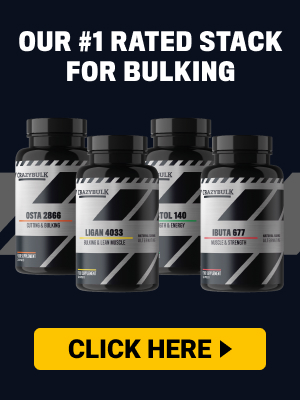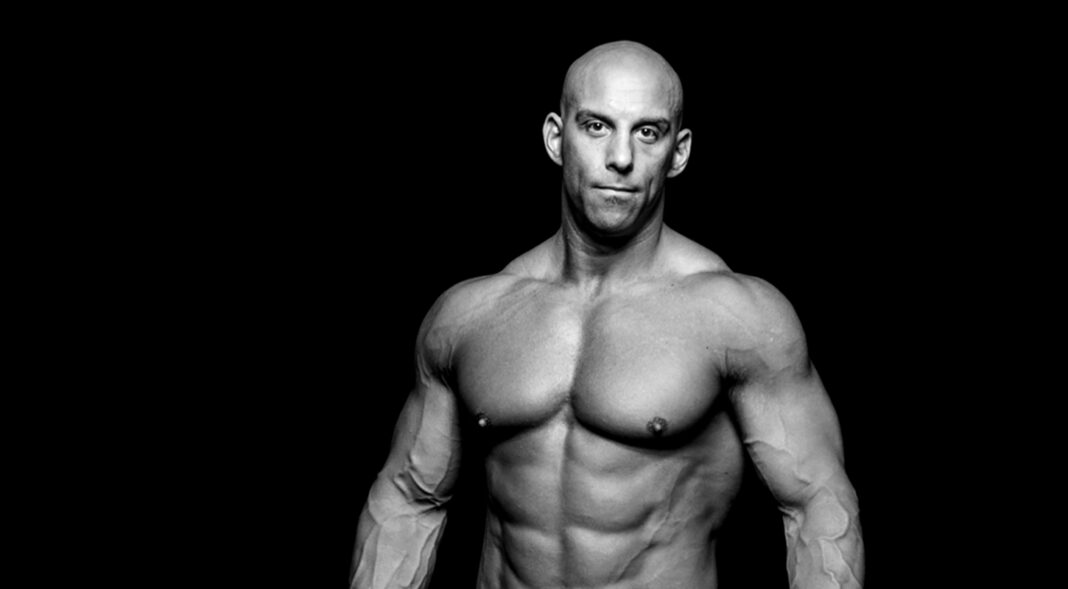Best Training Split for Beginners: Start Strong, Build Muscle, Gain Strength
If you’re just starting your fitness journey, one of the first questions you’ll face is:
👉 “What’s the best training split for beginners?”
The truth is, as a beginner, your needs are very different from those of an advanced bodybuilder or powerlifter. You don’t need a complicated six-day routine or endless isolation exercises. Instead, you need a split that helps you:
- Build a foundation of strength and muscle
- Learn proper form and technique
- Progress quickly without burning out
- Balance training with recovery
This guide breaks down the best training splits for beginners, explains why they work, and gives you practical plans you can use right away.
🔎 What Makes a Good Beginner Training Split?
A beginner-friendly split should prioritize:
- Frequency → Training each muscle group 2–3x per week. Beginners grow faster with frequent practice.
- Simplicity → Stick with compound lifts and a straightforward program.
- Progressive Overload → Increase weight, reps, or sets weekly.
- Recovery → Enough rest to adapt without overtraining.
- Balance → Cover all major movement patterns (push, pull, squat, hinge, carry).
👉 In short: Beginners need simple, frequent, progressive training, not complexity.
💥 The Best Training Splits for Beginners
Full Body Training (3 Days per Week)
- Structure: Train all major muscles every session.
Example Weekly Layout:
- Monday: Full Body
- Wednesday: Full Body
- Friday: Full Body
Pros:
- Maximum practice on squats, presses, deadlifts
- Easy to learn lifts fast
- High frequency → rapid strength gains
- Only 3 days per week
Cons:
- Sessions can be long if volume is high
- Limited room for accessory work
👉 Best for: Absolute beginners who want fast results and efficient training.
Upper Lower Split (4 Days per Week)
- Structure: Two upper and two lower body days.
Example Weekly Layout:
- Monday: Upper
- Tuesday: Lower
- Thursday: Upper
- Friday: Lower
Pros:
- Each muscle hit 2x per week
- Shorter sessions than full-body
- Great transition after 3–6 months of full-body training
Cons:
- Requires 4 training days
- Upper days can feel crowded for beginners
👉 Best for: Beginners ready to train 4 days per week and focus on strength + hypertrophy balance.
Full Body (2 Days per Week) (for the busy beginner)
- Structure: Two weekly sessions covering all major lifts.
Example Layout:
- Tuesday: Full Body
- Friday: Full Body
Pros:
- Perfect for busy schedules
- Still provides a foundation
- Great entry point before committing to more days
Cons:
- Slower progression than 3-day full body
- Limited training volume
👉 Best for: Beginners with very limited time but still serious about starting.
Push Pull Legs (3 Days per Week Version)
While the 6-day PPL is advanced, a 3-day beginner version works well:
- Day 1: Push (bench, overhead press, triceps)
- Day 2: Pull (deadlift/row, pull-ups, biceps)
- Day 3: Legs (squats, lunges, hamstrings)
Pros:
- Movement-based structure (simple and intuitive)
- Balanced push/pull/legs work
- Easy to scale later to 4–6 days
Cons:
- Each muscle only trained once per week (less optimal than full body)
- Progression slower for absolute beginners
👉 Best for: Beginners who want variety and a simple movement-based split.
📊 Comparing Beginner Training Splits
| Split | Days/Week | Frequency (Muscles) | Difficulty | Best For |
| Full Body (3x) | 3 | 3x | Easy–Med | Absolute beginners |
| Upper Lower | 4 | 2x | Medium | Beginners with 4 days/week |
| Full Body (2x) | 2 | 2x | Very Easy | Busy beginners |
| PPL (3x) | 3 | 1x | Medium | Beginners wanting variety |
🏋️ Beginner Training Programs You Can Start Today
Option 1: Full Body Beginner Program (3x per week)
Day A:
- Squat – 3×5
- Bench Press – 3×5
- Barbell Row – 3×8
- Overhead Press – 3×8
- Plank – 3x30s
Day B:
- Deadlift – 3×5
- Overhead Press – 3×5
- Pull-Ups – 3xAMRAP
- Lunges – 3×10 per leg
- Side Plank – 3x30s per side
Alternate A and B every workout, 3x per week.
Option 2: Upper Lower Beginner Program (4x per week)
Upper A:
- Bench Press – 3×5
- Barbell Row – 3×8
- Overhead Press – 3×8
- Lat Pulldown – 3×10
- Tricep Pushdown – 3×12
Lower A:
- Squat – 3×5
- Romanian Deadlift – 3×8
- Walking Lunges – 3×10 per leg
- Calf Raises – 3×15
- Hanging Leg Raises – 3×12
Upper B:
- Incline Dumbbell Press – 3×8
- Pull-Ups – 3xAMRAP
- Lateral Raises – 3×12
- Dumbbell Curl – 3×10
- Face Pull – 3×12
Lower B:
- Deadlift – 3×5
- Front Squat – 3×8
- Step-Ups – 3×10 per leg
- Glute Bridges – 3×12
- Plank – 3x45s
Option 3: 2-Day Full Body (Minimalist Beginner Program)
Day 1:
- Squat – 3×5
- Bench Press – 3×5
- Barbell Row – 3×8
- Overhead Press – 3×8
Day 2:
- Deadlift – 3×5
- Incline Dumbbell Press – 3×8
- Pull-Ups – 3xAMRAP
- Lunges – 3×10 per leg
👉 Perfect for busy beginners.
⚡ Common Beginner Mistakes with Training Splits
- Overcomplicating the program (chasing “advanced” splits too soon).
- Neglecting form (strength comes from proper technique).
- Skipping recovery (muscles grow outside the gym).
- Ignoring progression (don’t just repeat the same weights).
- Not sticking to one program long enough (results come with consistency).
✅ Which Split Should Beginners Choose?
- If you’re brand new: Start with 3-day full body → fastest strength and size foundation.
- If you can train 4x per week: Move to Upper Lower after a few months.
- If you’re super busy: Use 2-day full body → better than nothing!
- If you prefer variety: Try 3-day PPL (but know it’s slower than full body).
🔥 Final Verdict
The best training split for beginners is the one that balances frequency, simplicity, and recovery.
👉 For 90% of beginners, the 3-day full body split is the most effective starting point. It builds strength, teaches form, and allows for fast progression.
👉 Once you’ve mastered the basics, transition into Upper Lower for continued muscle and strength growth.
Stay consistent, focus on progression, and remember: the best split is the one you can stick to long-term.
🔗 Next Steps:
- Read [Beginner Full Body Workout Plan]
- Compare [Full Body vs Upper Lower: Which is Better for Beginners?]
- Check [How to Track Progress as a Beginner]







